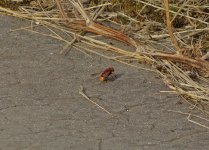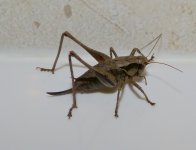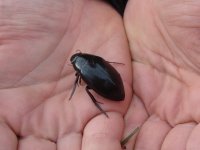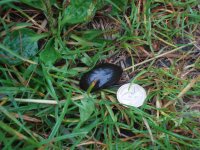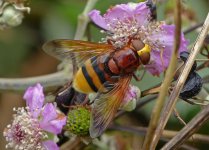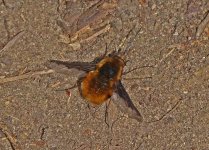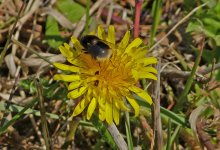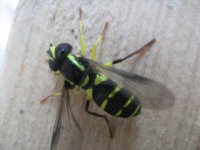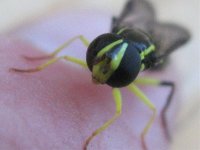firstreesjohn
Well-known member
The hoverfly Volucella zonaria (photo below, from 26th) diced with death on the tarmac surface from which the target aircraft were launched at the Warham Greens whirligig. However, since it hasn’t been used for some 60 years, it was probably not at immediate risk.
Attempts to acquaint Dave & Kieran N (no, not brothers, just sharers of the same initial) with this striking insect proved in vain, as they arrived out-of-breath, having pounded along the tarmac- and scared the thing away.
Attempts to acquaint Dave & Kieran N (no, not brothers, just sharers of the same initial) with this striking insect proved in vain, as they arrived out-of-breath, having pounded along the tarmac- and scared the thing away.




